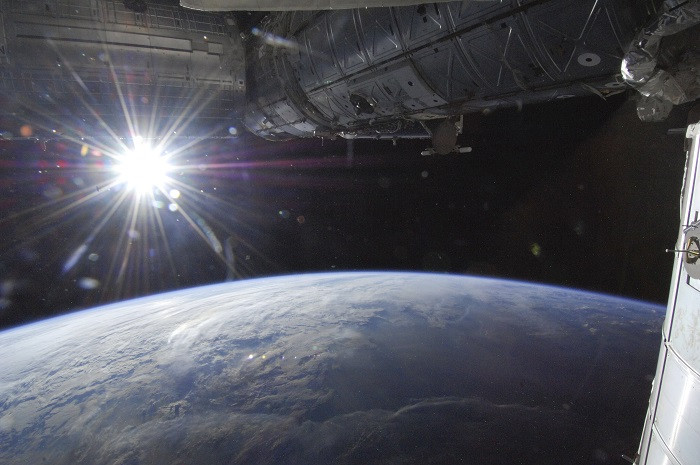Nasa Finds 715 New Planets, Some of Them Earth-like That Can Hold Life

Nasa has announced the discovery of 715 planets, almost doubling the number of known exoplanets in the universe.
The new findings, which take the number of verified exoplanets to about 1,700, have been published in two separate papers in the Astrophysical Journal.
"We almost doubled... the number of planets known to humanity," Douglas Hudgins, head of exoplanet exploration at Nasa headquarters in Washington, was quoted as saying by Reuters.
The new method of checking for exoplanets substantially improved Kepler's potential to find and corroborate new multi-planetary systems.
"What we have been able to do with this is strike the mother lode, get a veritable exoplanet bonanza," Jack Lissauer, a planetary scientist at Nasa, told reporters.
The prize finds are four planets comparable to the size of earth, orbiting at just the right distance from their host star and thus potentially suitable for life and life-sustaining conditions such as atmosphere and liquid surface water.
However, the planets are located far too away to determine their geological composition and the kind of materials they are formed of.
Another earth
"Planetary systems, with planets orbiting a star like our own, are in fact common. There are an abundance of habitable earth-sized planets. Our goal is to find earth 2.0 -- an earth-like planet that could hold life," Hudgins hoped.
The new verification technique is based on the premise that planets exist in groups rather than as solitary bodies in space. Just like our solar system, most other planets in the universe can be safely assumed to be orbiting their parent star in clusters.
The new discovery of heavenly bodies suggests that instances of planets orbiting their host star at just the right distance to favour life might indeed by more common than previously thought.
"...these new results continue to strengthen the case that earth-like planets appear to be commonplace in our universe, even if they remain devilishly difficult to discover and characterise", Alan Boss, planet hunter at the Carnegie Institution for Science in Washington DC told Nature magazine.
Before the findings of the new study were released, Kepler had verified only 246 planets, but the new planet documentation system has increased its exoplanet count to 961. Nasa says that about 95% of the planets are smaller than Neptune, which is less than four times the size of earth.
When the Kepler findings are combined with the discoveries made by other telescopes, the number of known and verified planets in the universe adds up to about 1,700.
The new data of planets was derived from Kepler between 2009 and 2011, using the new statistical method. The telescope observed some 160,000 stars out of which 3,600 were estimated to have planetary systems.
Researchers will now be analysing Kepler's data from the next two years and are predicting that hundreds of more planets could be out there.
© Copyright IBTimes 2025. All rights reserved.





















